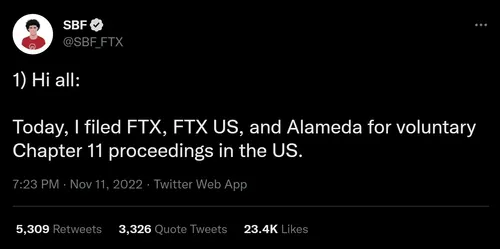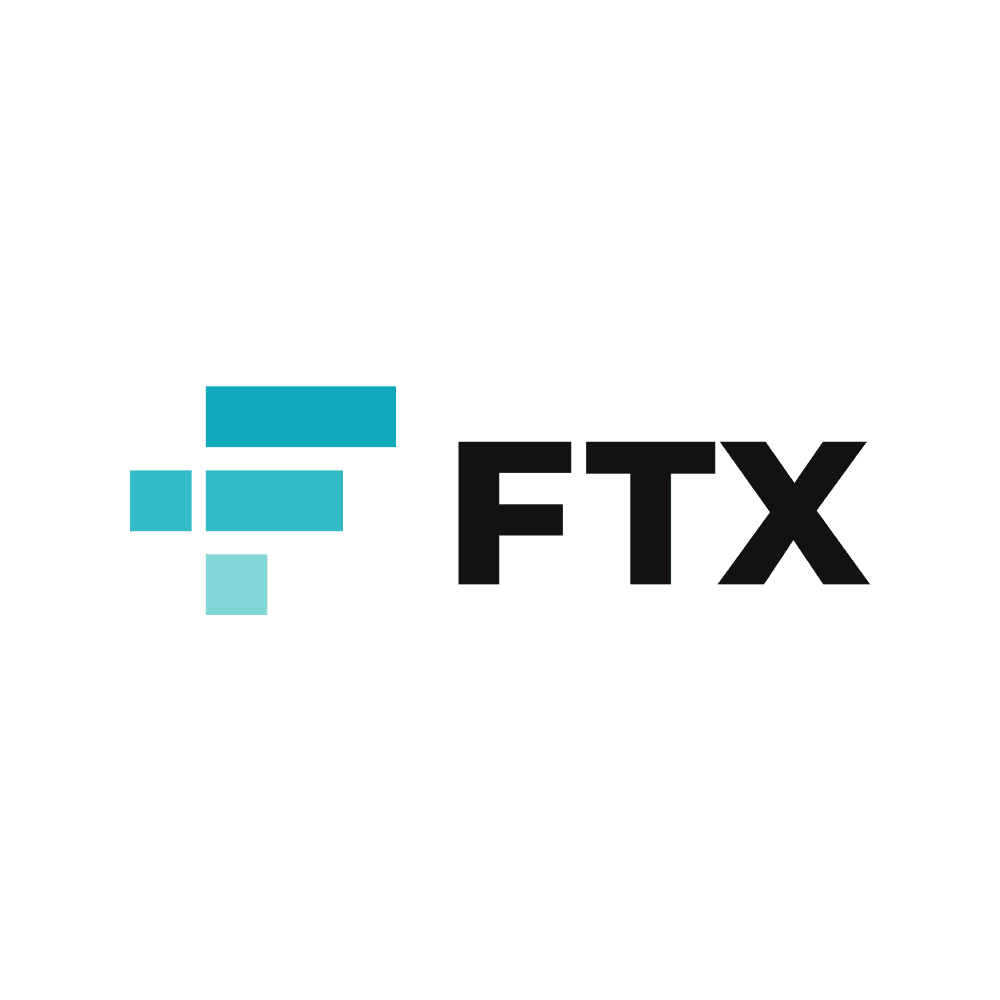Founded in 2019 by a 27-year-old Sam Bankman-Fried, FTX is a relatively new cryptocurrency exchange on the market. But despite its age, it has managed to become one of the biggest crypto exchanges in the world, only falling behind industry giants such as Binance and Coinbase, and has become home to millions of traders.
November 2022 Update
On the 11th of November 2022, FTX filed for bankruptcy along with around 130 partner/sister companies. This came after Coindesk reported that Alameda Investment, which is the Bankmans investment firm, was holding approximately $10 billion dollars worth of FTT (FTX's native currency). Following this news panic ensued which was fueled by Binance CEO's statement that Binance was going to sell all of its FTTs, which at that time were worth more than $500 million. This caused panic withdrawals from FTX, which caused a liquidity crisis and caused FTX to file for bankruptcy.
Therefore, our suggestion would be that traders visit other crypto exchanges and steer clear of this one. Our recommendations: Binance, Coinbase, KuCoin.

FTX Before Bankruptcy
FTX had 319 cryptocurrencies available for traders to trade with. When it comes to new coins, FTX added them on a constant basis, but not so often to flood their market with useless coins. It also somehow managed to amass a user base of over one million traders, despite only being on the market for just a little over 3 years.
It was a great platform for those who wanted to receive high-quality services, alongside not having to deal with complicated systems. But exactly what made FTX a good crypto exchange to use? Read our guide to find out everything you should have known about FTX.
Here Are FTX Pros and Cons
- Low trading fees
- Good crypto derivative trading
- Advanced trading options
- Simple interface
- Bad customer support
- Relatively new exchange
- Bankrupt
FTX fact sheet
| Main features | |
| Regulations | Australia, Japan, UAE, Switzerland, Gibraltar, The Bahamas, US |
| Fees on deposits | No fixed feesdepends on deposit |
| Fees on withdrawals | Wire transfer up to 25 USD |
| Inactivity fees | 0 USD |
| Withdrawal fee amount | $0 |
| Minimum account activation | 0 USD |
| Deposit limit | Up to $50,000 |
| Withdrawal limit | Unlimited$25k per withdrawal limit |
| Number of available crypto | 300+ |
| Built-in wallet | - |
| Demo account | Yes |
| Security | |
| Own wallet | Yes |
| Crime insurance | Yes |
| Stores users assets on cold wallets | Yes |
| Multi-factor authentication | Yes |
| Fees and limits | |
| Crypto transaction fees | Individual for each crypto |
| Maker/Taker fees | Up to 0.02% |
| Trading limits on BTC, ETH, USDT | No limits |
| Deposit/withdrawal | |
| Deposit options | Credit/Debit Card, Wire Transfer |
| Withdrawal options | Credit/Debit Card |
| Supported fiat currencies | USD, EUR, GBP, AUD, CAD |
| Trading features | |
| Margin up to | 1:1:10 |
| Futures trading | Yes |
| Crypto staking | Yes |
| Direct crypto swap | Yes |
| OTC desk | Yes |
| Automated trading bot | Yes |
| Website | |
| Number of available languages | 13 |
| Available customer support options | Email, Support ticket |
| KYC verification time | 5 minutes |
| Active promotions | None |
| Education | |
| Basic crypto guides | Yes |
| Video guides | - |
| Market news | - |
| Special research tools | Yes |
| Mobile trading | |
| iOS and Android | Yes |
| Basic and professional apps | - |
| Most features available on mobile | Yes |










